
Crema is a city and comune in the province of Cremona, in the region of Lombardy in northern Italy. It is built along the river Serio at 43 km (27 mi) from Cremona. It is also the seat of the Catholic Bishop of Crema, who gave the title of city to Crema.
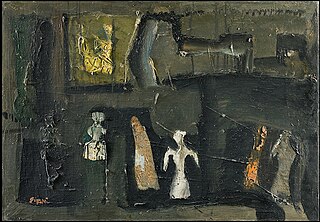
Mario Sironi was an Italian modernist artist who was active as a painter, sculptor, illustrator, and designer. His typically somber paintings are characterized by massive, immobile forms.
Trento Longaretti was an Italian painter. He studied at the Brera Academy in the 1930s, where he was taught by renowned artists, including painters Aldo Carpi and Pompeo Borra, and sculptors Francesco Messina and Marino Marini. He stated that painting is an "elixir for long life", and continued to paint and exhibit as a centenarian.

Guido Marzulli is a figurative Italian painter.
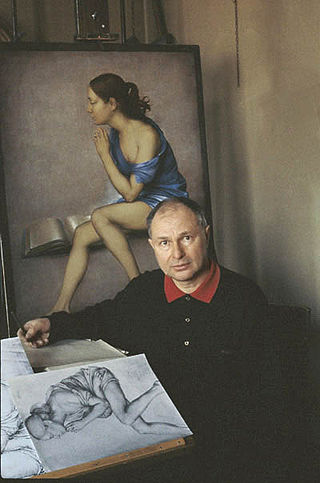
Mario Donizetti is an Italian painter and essayist from Bergamo, Lombardy.

Michele Cascella was an Italian artist. Primarily known for his oil paintings and watercolours, he also worked in ceramics, lithography, and textiles. He exhibited regularly at the Venice Biennale from 1924 until 1942, and his works are owned by major museums in Italy and Europe, including Victoria and Albert Museum in London, Galerie nationale du Jeu de Paume in Paris, and Galleria Nazionale d'Arte Moderna in Rome.

The Galleria Comunale d'Arte Moderna is the museum of modern and contemporary art of the city of Rome, Italy. It is housed in a former Barefoot Carmelite monastery dating from the 17th century and adjacent to the church of San Giuseppe a Capo le Case, at 24 Via Francesco Crispi.
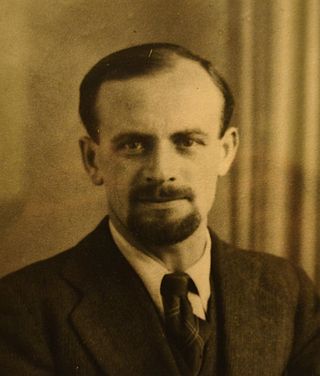
Carlo Martini (1908–1958) was an Italian painter and academician.
Camilla Marazzi was an Italian artist who died at a young age.

Angelo Bacchetta (1841–1920) was an Italian painter.
Eugenio Bonivento was an Italian painter.
Salva cheese from Crema is a PDO table cow's milk cheese made with raw curd. It is a washed-rind cheese that undergoes a medium or long aging period.
Museo Civico may refer to:
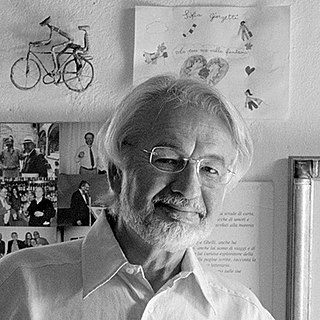
Giuliano Ghelli was an Italian painter who produced several series of works, each rooted in the practice of drawing. An autodidact, Ghelli's early influences were informalism and geometric abstraction, from which he developed a cartoon-like style of figuration inspired by pop art and Surrealism. Ghelli was said to draw on affect over intellect, working personal interests and relations, and, later, dreams into his pictures; the Italian word racconto often appears in the artist's titles.

Giovanni Battista Lucini or Giovan Battista Lucini was an Italian painter who produced many religious compositions for the religious institutions in Crema. He was active in the region in and around Crema throughout his short career. His innovative works anticipate artistic trends in Lombardy and Venice in the 18th century.
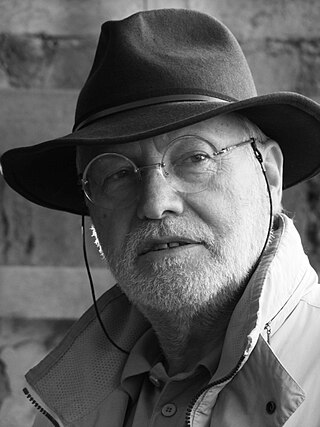
Roberto Venturoni, was an Italian painter, engraver and sculptor.

The Turin Civic Gallery of Modern and Contemporary Art is an art gallery in Turin, Italy, founded in 1891-1895 and located in 31 via Magenta. With the MAO, Palazzo Madama e Casaforte degli Acaja, the Borgo and the Rocca medioevali, it forms part of the Fondazione Torino Musei. The lower rooms house important reviews and a large collection of video art.














